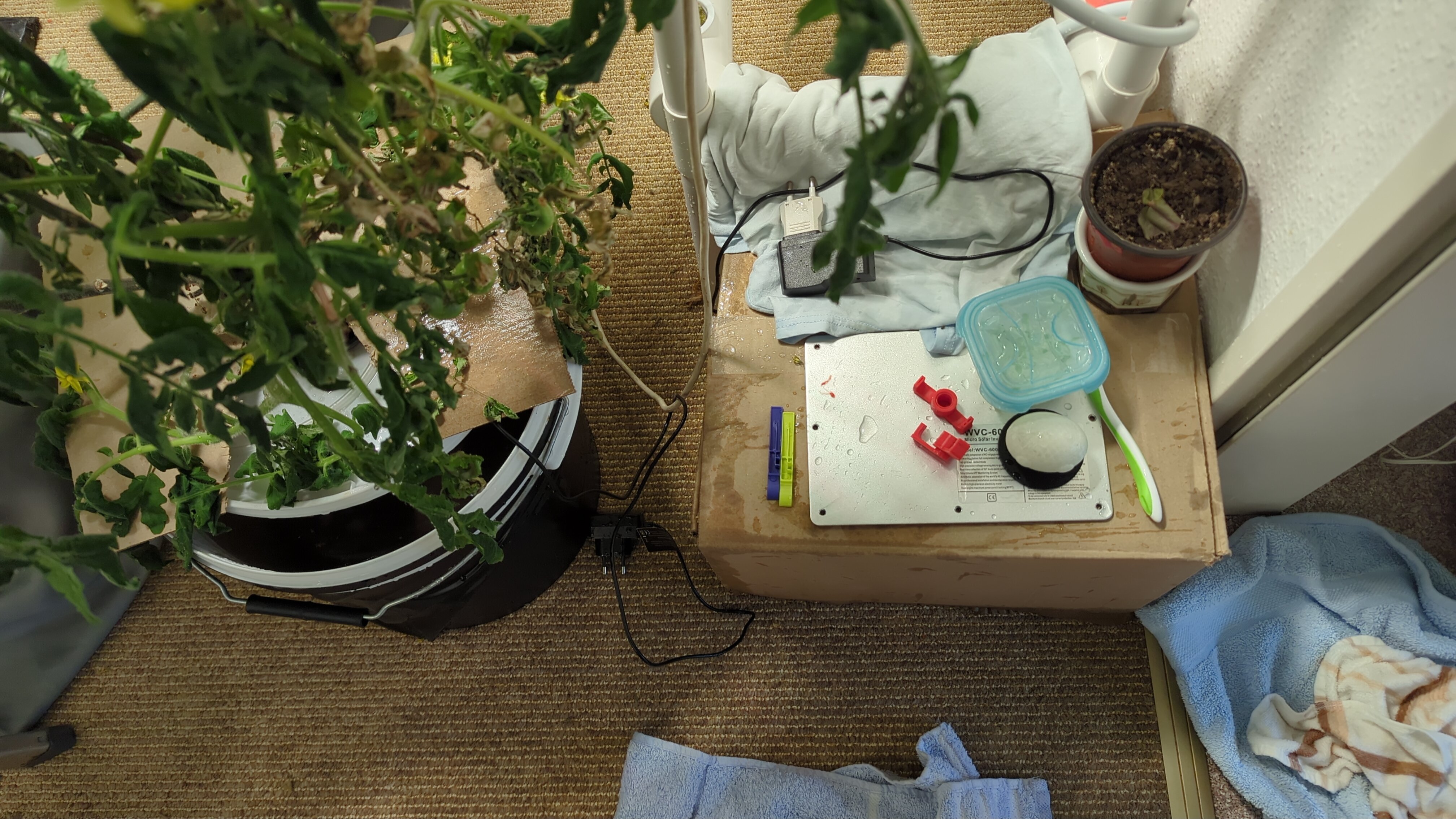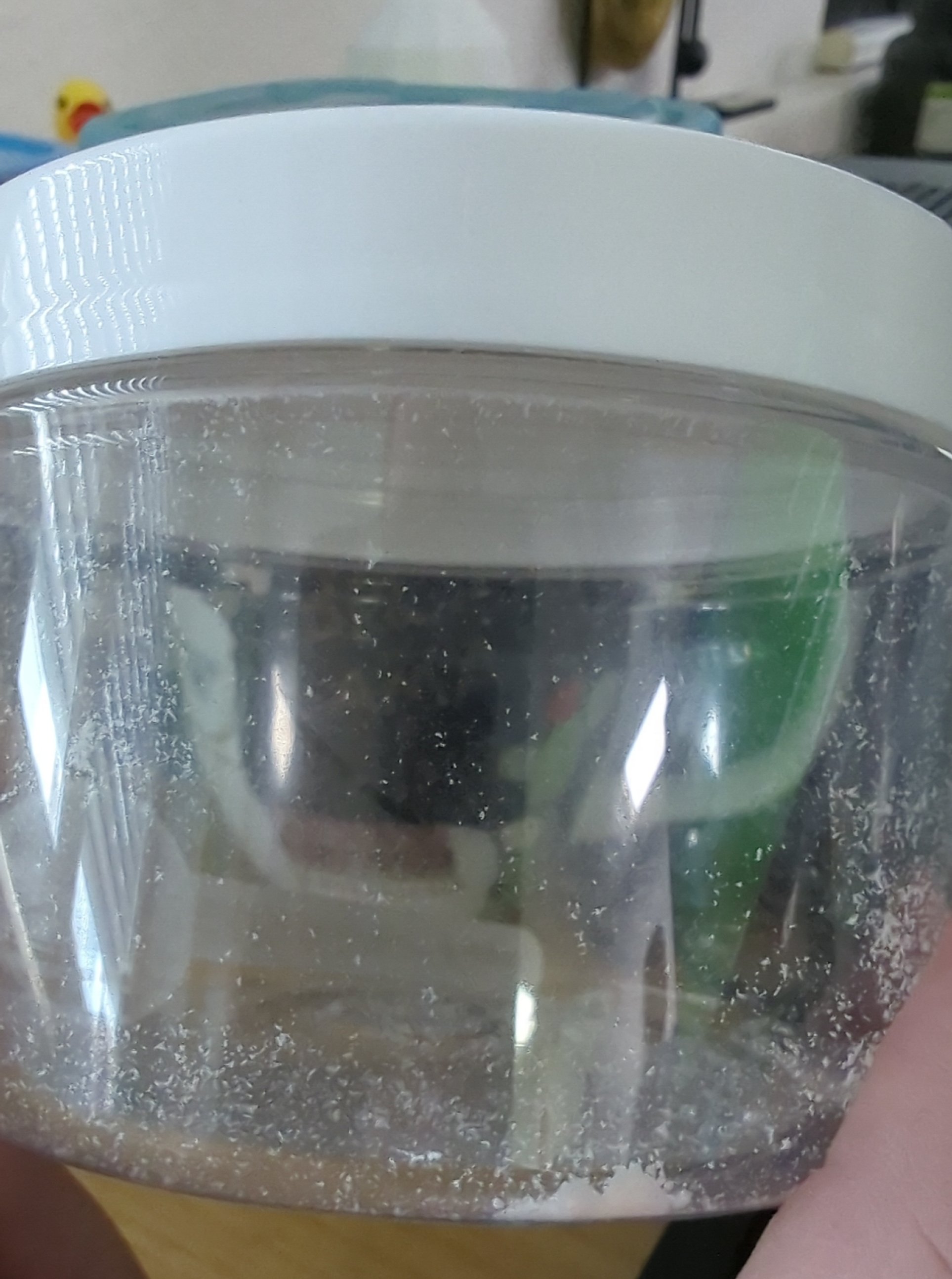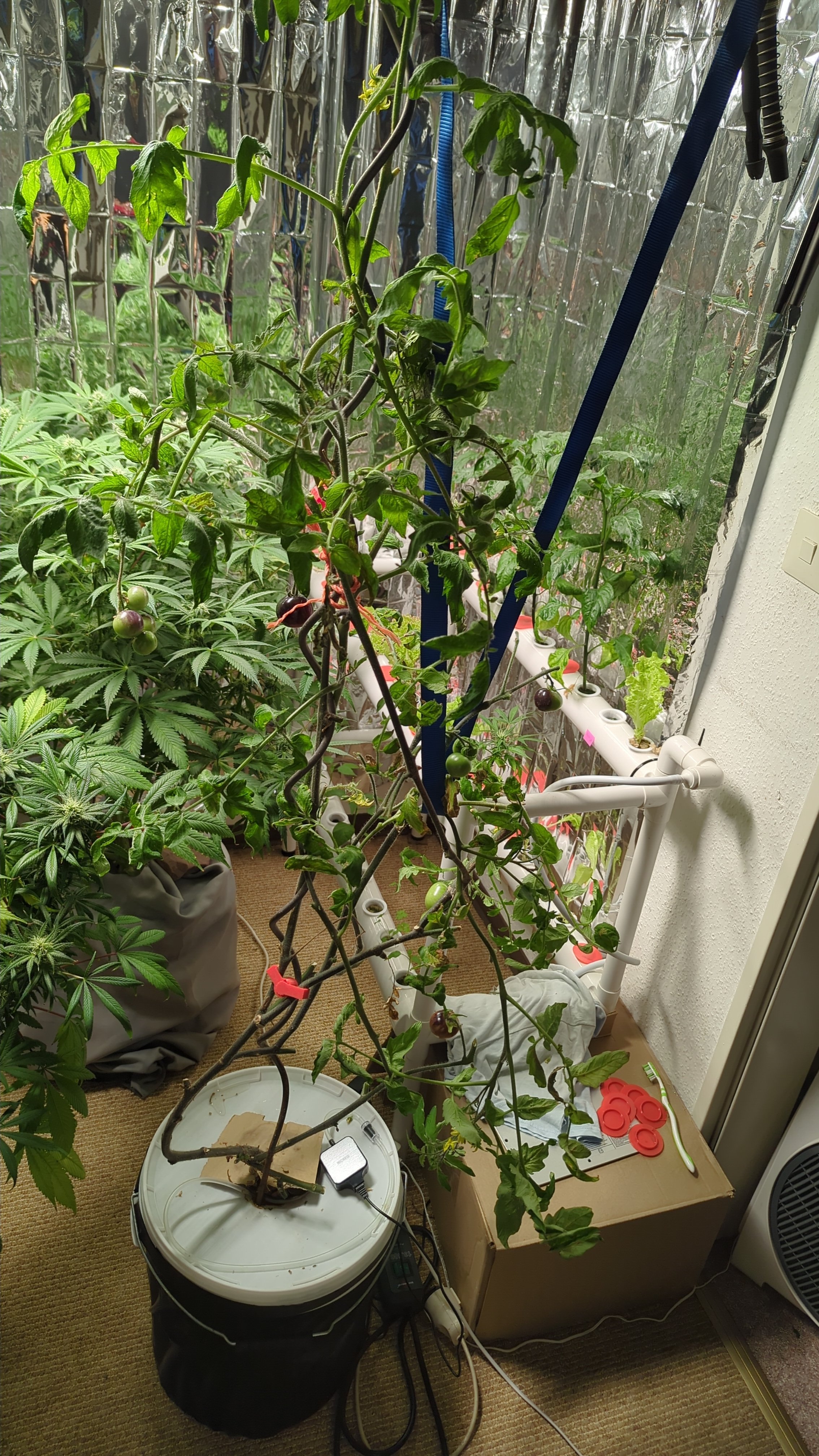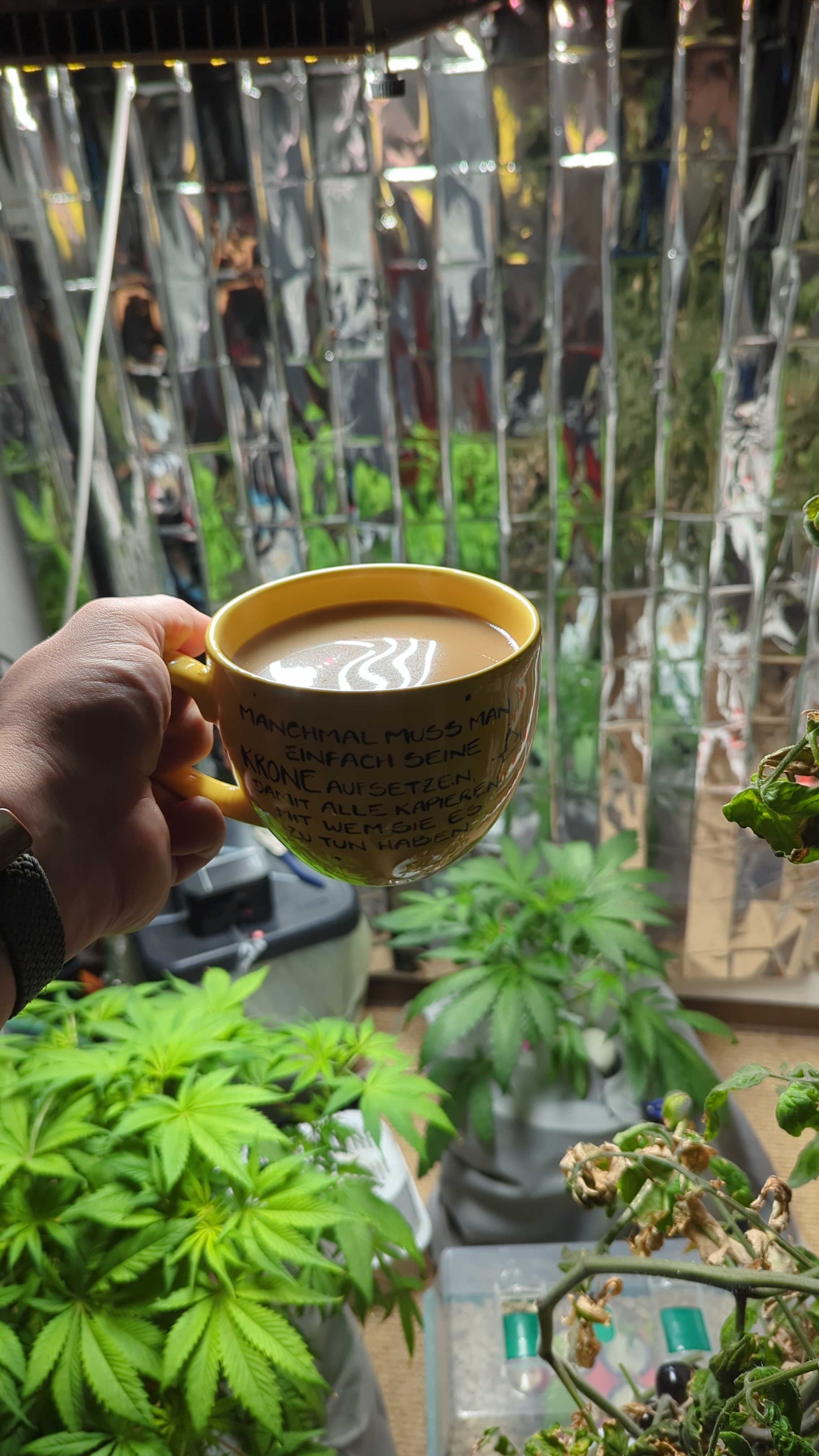TL;DR
You can buy shot dispensers, that dose a certain amount of liquid (usually 20 ml) with each pour, and then make your own stock solution for your fertilizer.
With that, you can create your nutrient solutions WAY quicker and don't have to measure anything.
I have made it that one shot per watering can equals the exact dosing recommendations for the final nutrient solution, with the extra benefit that the fertilizer doesn't spoil.
Why?
Measuring and dosing fertilizer can be a tedious task.
I for example use Masterblend for my hydroponic setups, including all of my houseplants, which is a 3-part fertilizer that comes in form of a highly concentrated powder and includes everything the plant needs.
You can still use liquid nutrients if you prefer, especially if you need smaller amounts. I personally like to mix it myself, because it's way cheaper than having someone else dissolving salt for you and then slapping a premium price tag on it ;)
Most of my dosing is done for very small volumes, e.g. one liter. Having to weight the exact amounts (usually in the range of less than 1 g) every single time I refill my small watering can would be very impractical to say it at least.
But even when using an one-part liquid fertilizer that's meant for soil or house plants, it can be annoying to use the dosing cap every time.
I highly recommend to add fertilizer every time you water your plants.
You don't want to eat your day's worth of calories in one sitting, and your plants feel the same, even though dosing recommendations tell you otherwise.
Adding those huge amounts of minerals can be a big stress factor for many sensitive plants, and spacing the nutrients gives the plants more time to absorb them properly.
How?
Here's how I made it. Take it as an inspiration for your workflow if you want.
- Mix the Masterblend with the Magnesium sulphate in a ratio of 2:1.
- If you need big amounts at once, e.g. for refilling your reservoir with 20 liters, you still have to weight the amounts individually. For the final nutrient solution, you'll need 0,8 g/l of your Masterblend and epson salt mix, which I will from now on call part A, aswell as 0,53 g/l of Calcium nitrate.
- I now dissolve 30 g of part A and 20 g of part B individually in water and add it do a 750 ml bottle.
- When everything is dissolved, I can now add one shot each from solution A and B into my 1 l watering can and then fill it up with rainwater, which gives me the exact amount most of my plants need.











 And the electric is now Waterspill protected...(bottom right, in a Bottle gift bag)
And the electric is now Waterspill protected...(bottom right, in a Bottle gift bag)



























































